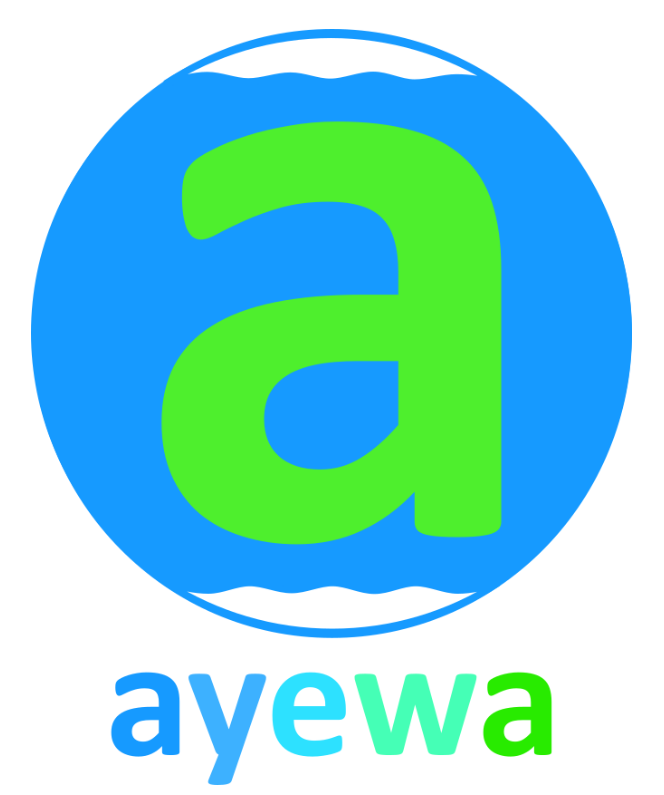Tax-deductible contributions serve as forestry carbon credits and go directly to poor, rural communities for afforestation, reforestation, and agro-forestry programs.The mission of Carbon Offsets To Alleviate Poverty (COTAP) is to empower individuals and organizations in developed countries to address both climate change and global poverty. COTAP counteracts your carbon emissions through certified forestry projects in least-developed regions which create transparent, accountable, and life-changing earnings for rural farming communities where income levels are less than $2 per day. Contributions go directly to wages of the people doing the forestry work.
All of the programs COTAP supports are registered under the Plan Vivo carbon accounting standard. COTAP is committed to transparency, offering validated, actual carbon sequestration and publishing details of its financial dealings.
Mission
Carbon Offsets To Alleviate Poverty empowers individuals and organizations in developed countries to address both climate change and poverty.
COTAP takes the contributions it receives to offset carbon emissions via forestry projects in rural farming communities in least-developed regions. The funds go directly as wages to the people planting the trees and managing the forests.
The Problem
In developing regions around the world, hundreds of millions of people live in rural areas on less than $2 per day. This level of poverty forces communities to make hard choices between food, health care, and education. It is the poverty level where an estimated 11 million children die every year. Many of these communities are not fits for traditional microfinance, which tends to be primarily urban, and significant portions of their land are not suitable for agriculture.
While there are many promising technical innovations and development programs which can increase crop yields, there remains a geographic limitation on markets where such increased yields can be sold.
The result is that there are farming communities all over the world who could be made much less economically vulnerable if there were a way to generate significant supplemental income from non-crop land usage which did not rely on physical distribution.


